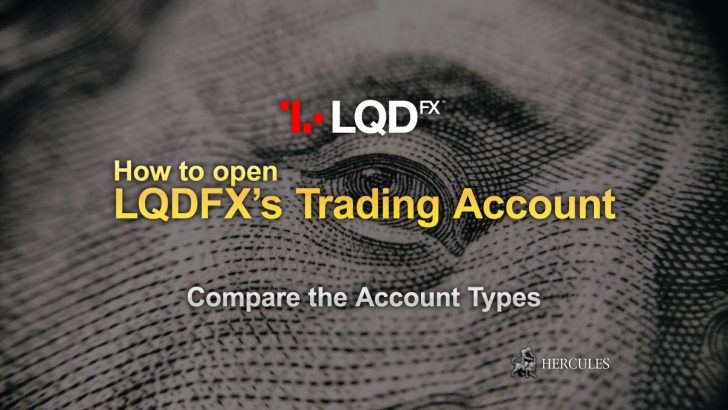The Phillips Curve
Inflation and Unemployment.
What is The Phillips Curve?
As part of our ongoing mission to bring you interesting economic indicators which may (or may not) help you in making trading decisions, we’d like to introduce the Phillips Curve.
In simple terms, it attempts to describe the relationship between inflation and unemployment.
According to the Phillips Curve, lowering unemployment (which means, of course, higher employment levels) will correlate with higher inflation rates.
How The Phillips Curve is used?
The theory was first introduced in 1958 by an economist from New Zealand who is called (can you guess?) William Phillip.
In his original paper, Phillips measures wage inflation, but in following research this was often swapped with money inflation.
The theory suggested an association between inflation and unemployment in a short run, but not in the long run. Variations of the theory were sometimes used in analyzing macro-economic policies.
Why did so many people care about this theory when it first appeared?
Well, just consider one possible implication on government monetary policy.
A government, according to the theory, could stimulate the economy and lower unemployment, while tolerating the ‘price’ of higher inflation.
The Phillips Curve is a myth?
However, the theory also has many critics, some going as far as calling it “a myth”.
There are certainly some cases showing the limitation of the theory.
For example, in the 1970s the United States had periodically experienced high inflation and high unemployment simultaneously (AKA stagflation).
In a more recent example, US unemployment dropped to record lows between 1993 and 2008, but inflation didn’t rise.
Critics have also pointed out that the Phillips Curve might be suffering from exaggerated optimism.
Is the Phillips Curve accurate to an extent or is it just a myth?
You can read more about this theory, and many others, and make up your own mind.
You can also visit our education center to learn more about trading terms and strategies.










